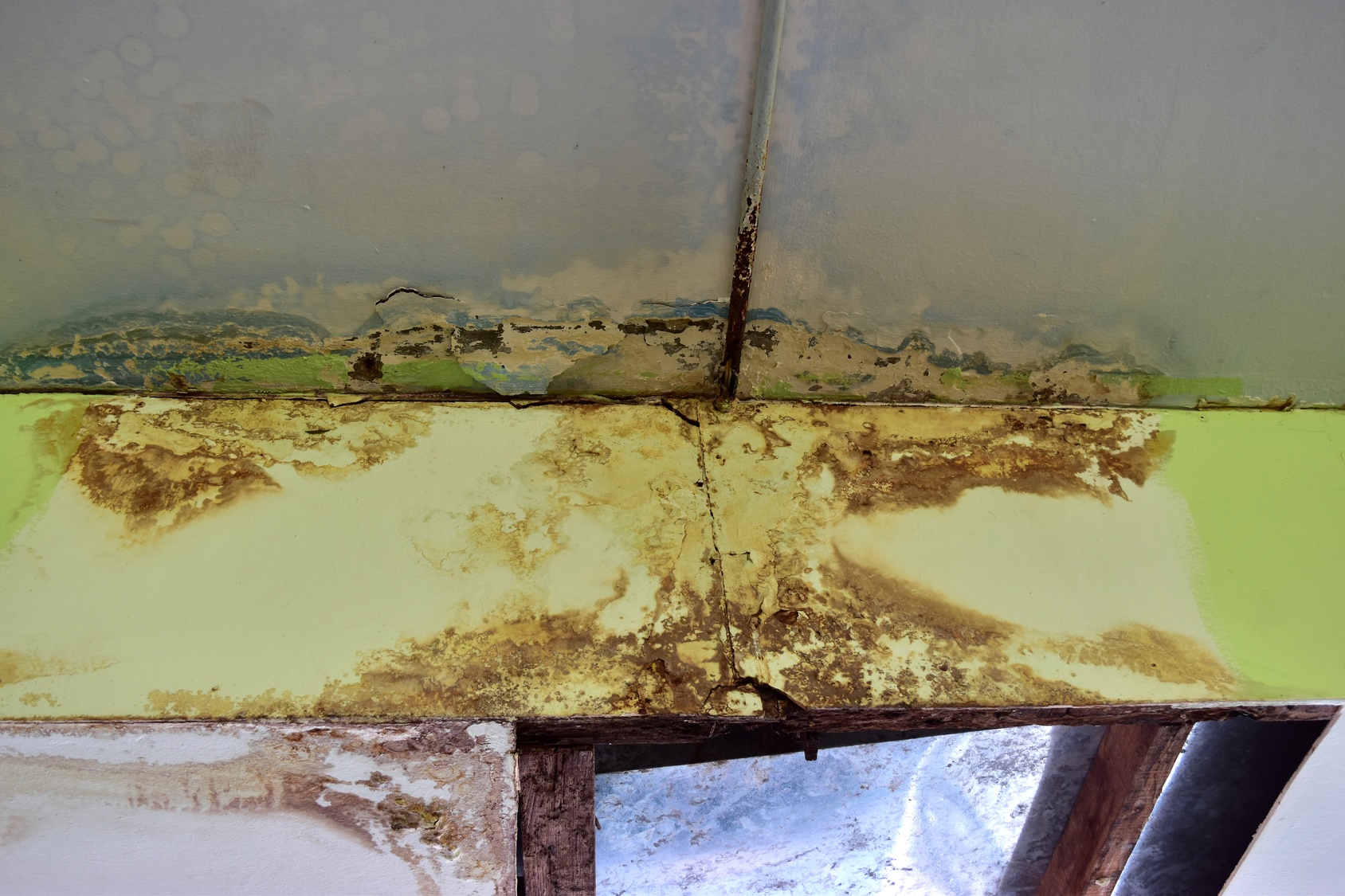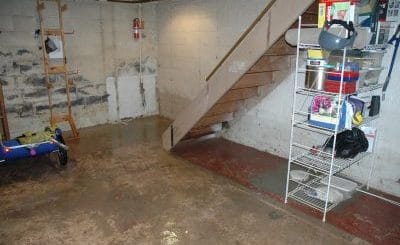4 Problems Caused by Humidity
The amount of water vaporVapor is the gaseous form of a substance that is typically l... More in the air is known as humidityHumidity is the amount of moisture or water vapor present in... More. Every home produces plenty of humidityHumidity is the amount of moisture or water vapor present in... More through cooking, taking hot showers, and even breathing. Moisture is also released from the soil and into the darkened, damp spaces of the crawl space and basement, affecting humidityHumidity is the amount of moisture or water vapor present in... More levels in the lowest levels of the home.
The ideal humidityHumidity is the amount of moisture or water vapor present in... More level inside a home is 40 to 60 percent. When humidityHumidity is the amount of moisture or water vapor present in... More levels reach beyond or below this range, they can wreak problems for people and their environment. Following are the issues homeowners will encounter when the hygrometer hits excessively high or extremely low points.
Problem #1: Condensation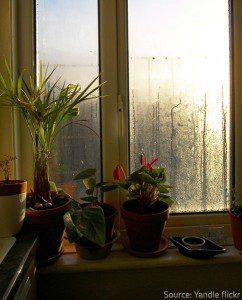
Air can hold only a certain amount of water. This amount is dependent on the temperature of the air. Generally, warm air contains more moisture than cold air. Consequently, when warm air meets cooler surfaces, such as a faucet or window, moisture is dropped. This release is known as condensation.
Most often, condensation occurs with high humidityHumidity is the amount of moisture or water vapor present in... More levels inside the home. Winter months are notorious for frequent bouts of condensation forming on windows, walls, and behind furniture. As droplets of water dwell upon porousPorous describes a material that contains small openings or ... More surfaces, like wood, the situation becomes problematic.
Adverse consequences of condensation inside the home are many. The walls can form damp patches, especially in corners or behind furniture. Wallpaper is likely to peel. MildewMildew is a type of fungus that grows on damp surfaces, typi... More gets a stronghold on fabrics. The biggest concern is mold growth, especially black moldMold is a type of fungus that grows in damp or humid conditi... More colonies that feed on the moisture.
Problem #2: Mold Infestations
MoldMold is a type of fungus that grows in damp or humid conditi... More flourishes in areas that supply constant moisture. Recurring condensation offers dependable nourishment to moldMold is a type of fungus that grows in damp or humid conditi... More sporesSpores are microscopic reproductive units of fungi or mold t... More and results in explosive moldMold is a type of fungus that grows in damp or humid conditi... More growth. Water inside air ducts, along concrete walls and inside plumbing pipes attracts moldMold is a type of fungus that grows in damp or humid conditi... More and allows the sporesSpores are microscopic reproductive units of fungi or mold t... More to thrive.
Bathrooms are hotbeds for moldMold is a type of fungus that grows in damp or humid conditi... More sporesSpores are microscopic reproductive units of fungi or mold t... More due to the constant, high moisture levels inside. Check under the sink and between shower tiles—areas where moisture is prevalent—and find flurries of moldMold is a type of fungus that grows in damp or humid conditi... More. Run the fan for 30 minutes after showering to limit mold colonies.
MoldMold is a type of fungus that grows in damp or humid conditi... More invasions may be restricted in other ways. If living in a humid area, fit the home with materials that are resistant to moldMold is a type of fungus that grows in damp or humid conditi... More, such as moisture-resistant drywall, plastic, glass and metal. Paint the home with mildewcides to inhibit moldMold is a type of fungus that grows in damp or humid conditi... More. Run the air conditioner often to keep humidityHumidity is the amount of moisture or water vapor present in... More levels down.
Problem #3: Structural Damage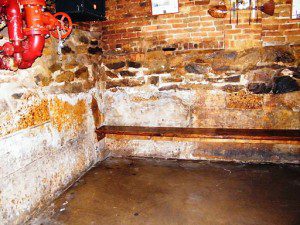
A home environment riddled with high humidityHumidity is the amount of moisture or water vapor present in... More will begin to show signs of rot. Prolonged bouts of excess moisture in the air affects the structural integrity of the property, especially wood components. For example, wooden window sills are susceptible to rotting, as are hardwood floors.
Wood naturally expands and contracts in accordance with the moisture contentMoisture content is the amount of water present in a materia... More of the surrounding air. Products made from wood tend to swell when exposed to water. Sustained exposure to moisture is known to prevent the wood from returning to its original size.
Even dry heat, such as that from a heating system in winter, can be destructive to wood products, like cabinetry and flooring. Shrinkage of wood occurs as it loses moisture. In cabinetry, jointed areas begin to display gaps. In summer, when the wood regains moisture, these gaps close up.
The best way to preserve the wood is to maintain recommended humidityHumidity is the amount of moisture or water vapor present in... More levels. Homeowners with wood products that are constantly exposed to water are advised to select wood materials that are resistant to fluctuations in humidity—such as softwood rather than hardwood.
Problem #4: Health Issues
When air feels clammy due to high humidityHumidity is the amount of moisture or water vapor present in... More levels, discomfort arises. Especially when the temperature and humidityHumidity is the amount of moisture or water vapor present in... More levels are high, the human body is limited in its ability to cool down; heat stroke may result. Vulnerable people, such as those with heart conditions, are advised to reduce indoor humidityHumidity is the amount of moisture or water vapor present in... More levels.
Low humidityHumidity is the amount of moisture or water vapor present in... More levels equally produce uncomfortable home environments. People who dwell in areas with low humidityHumidity is the amount of moisture or water vapor present in... More experience dry skin, lips, and hair as well as chapping, itchiness, and scratchy throats. Under such conditions, the body’s moisture evaporates rapidly, leading to feeling chilly even when the heat is high.
A hygrometer, which is a humidityHumidity is the amount of moisture or water vapor present in... More sensor, indicates the relative indoor humidityHumidity is the amount of moisture or water vapor present in... More level. Using this device, homeowners are easily able to gauge whether the humidityHumidity is the amount of moisture or water vapor present in... More is too high or too low. Installing a humidifier in the HVAC system is a convenient way to introduce moisture in an excessively dry environment.
How to Fix Humidity Problems
Issues with humidityHumidity is the amount of moisture or water vapor present in... More may be resolved with a few alterations to everyday activities. For instance, if the home’s humidityHumidity is the amount of moisture or water vapor present in... More is too low, cook with the lids off the pots to release moisture into the air. Growing houseplants is a practical way to encourage moisture in a low-humidity area.
In a space that is overrun with humidityHumidity is the amount of moisture or water vapor present in... More, install a dehumidifierA dehumidifier is a device that removes excess moisture from... More. While cooking, turn on the range fan. Instead of boiling water with the lid off, in a humid environment, cook with the lid on. Rather than grow many plants, reduce the number of greenery inside an overly humid home.
Water Damage RestorationWater damage restoration is the professional process of clea... More and MoldMold is a type of fungus that grows in damp or humid conditi... More Removal from High HumidityHumidity is the amount of moisture or water vapor present in... More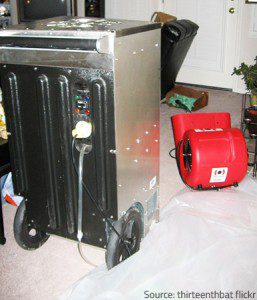
Water damage, whether it is due to extremely high humidityHumidity is the amount of moisture or water vapor present in... More or floods, spreads rapidly. Proactive homeowners rely on reputable water damage restoration services when excessive moisture makes an unanticipated and unwelcome entrance inside a home.
Professionals offer dependable water damage restoration services that are crucial when a pipe bursts or rainwater floods the property. Experienced technicians arrive onsite with advanced equipment to extract all excess water. Specialists use powerful dehumidifiers and air movers to eliminate the surplus moisture contentMoisture content is the amount of water present in a materia... More in the area.
Cutting-edge technology, like specially designed moisture meters, allows the technicians to spot hidden water-logged spaces with precision. Uncovering concealed moisture sources is critical in the preventionPrevention refers to actions taken to reduce the likelihood ... More of future mold and mildew growth. These comprehensive services also include repairing affected structural elements.











